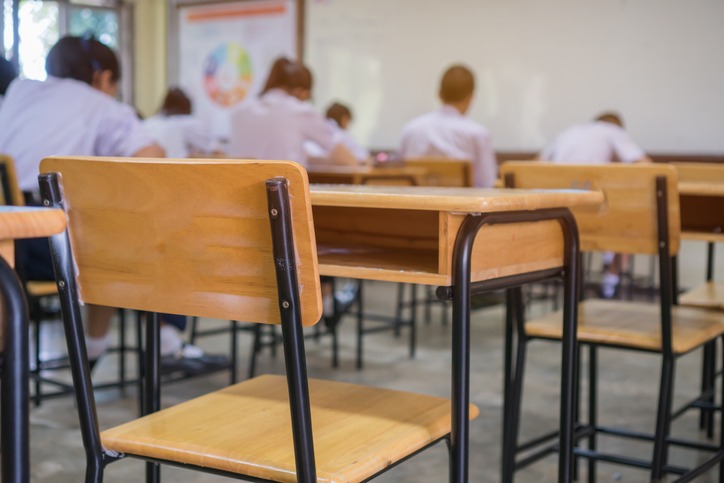
As reported by The Guardian, teachers in England are abandoning their profession in record numbers, according to official figures
The latest workforce survey by the Department for Education (DfE) found that 40,000 teachers resigned from state schools last year – almost nine per cent of the teaching workforce, and the highest number since it began publishing the data in 2011 – while a further 4,000 retired.
The survey found that unfilled teaching vacancies were also at a record high, with more than 2,300 empty posts compared with 530 a decade earlier. A further 3,300 posts were filled by supply teachers, 1,000 more than the year before.
Large numbers of teachers were missing because of illness, with more than 3m working days of sick leave taken last year, a rise of more than 50% compared with pre-pandemic levels in 2018-19.
Jack Worth of the National Foundation for Educational Research said it was “hugely concerning” to see so many working-age teachers leaving.
“Addressing teacher retention should be at the heart of dealing with the teacher supply challenge, with further policy action needed to reduce teacher workload and increase the competitiveness of teacher pay,” Worth said.
Teaching unions blamed poor working conditions and the long-term erosion in pay for the exodus, while Bridget Phillipson, the shadow education secretary, said: “This is yet more evidence that this incompetent Conservative government has created the perfect storm in recruitment and retention of teachers.
“The endless merry-go-round of Conservative prime ministers and education ministers have neglected our schools and our teaching workforce – and it is children who will pay the price.”
However, the DfE said almost 48,000 teachers joined the profession in 2022-23, up 2,800 from the previous year.
Gillian Keegan, the education secretary, said: “In today’s competitive job market, it is fantastic to see so many people choosing a rewarding teaching career, with a record number of teachers now working in our schools.
“We know there is more to do, which is why we have generous bursaries to attract new trainees to teach priority subjects and focusing on supporting new teachers from the very start of their journey.”
The number of teachers working in state schools in England reached 468,000, reflecting the continued rise in pupil numbers to 8.45m this year. In secondary schools, there are now 3.6m students, an increase of 300,000 over four years.
Meanwhile, a new national survey of behaviour commissioned by the DfE found that 60% of school leaders and teachers said pupil misbehaviour had had a negative impact on their health.
While 90% of headteachers and senior school leaders rated their school’s behaviour as good, just 64% of classroom teachers and 47% of pupils felt the same. The survey found that teachers lost six minutes of every half hour in lessons as a result of dealing with misbehaviour.
Tom Bennett, the government’s behaviour adviser, said the survey showed that behaviour remained a big problem in many schools, with classroom disruption having a “huge” impact on student success.
“This is a call to arms and a reminder that behaviour is fundamental to learning. And it’s good that the DfE is taking this seriously,” Bennett said.
The DfE’s school census showed that more than 2m state school pupils qualified for free school meals this year, with 24% or almost one in four pupils eligible, an increase of 122,000 from 2022.
The 2m figure was 40% higher than in the 2020 survey, as rising levels of household poverty and the government’s transition arrangements for families moving on to universal credit meant more children were eligible.
Pupils are eligible for free school meals if their family is on universal credit with a household income of less than £7,400 a year after tax and any other benefits, or receive other similar benefits.
More than 30% of pupils in the north-east of England were eligible for free school meals, while the figure was just 19% in the south-east and east of England. In London, 25% of pupils were eligible.



Be the first to comment